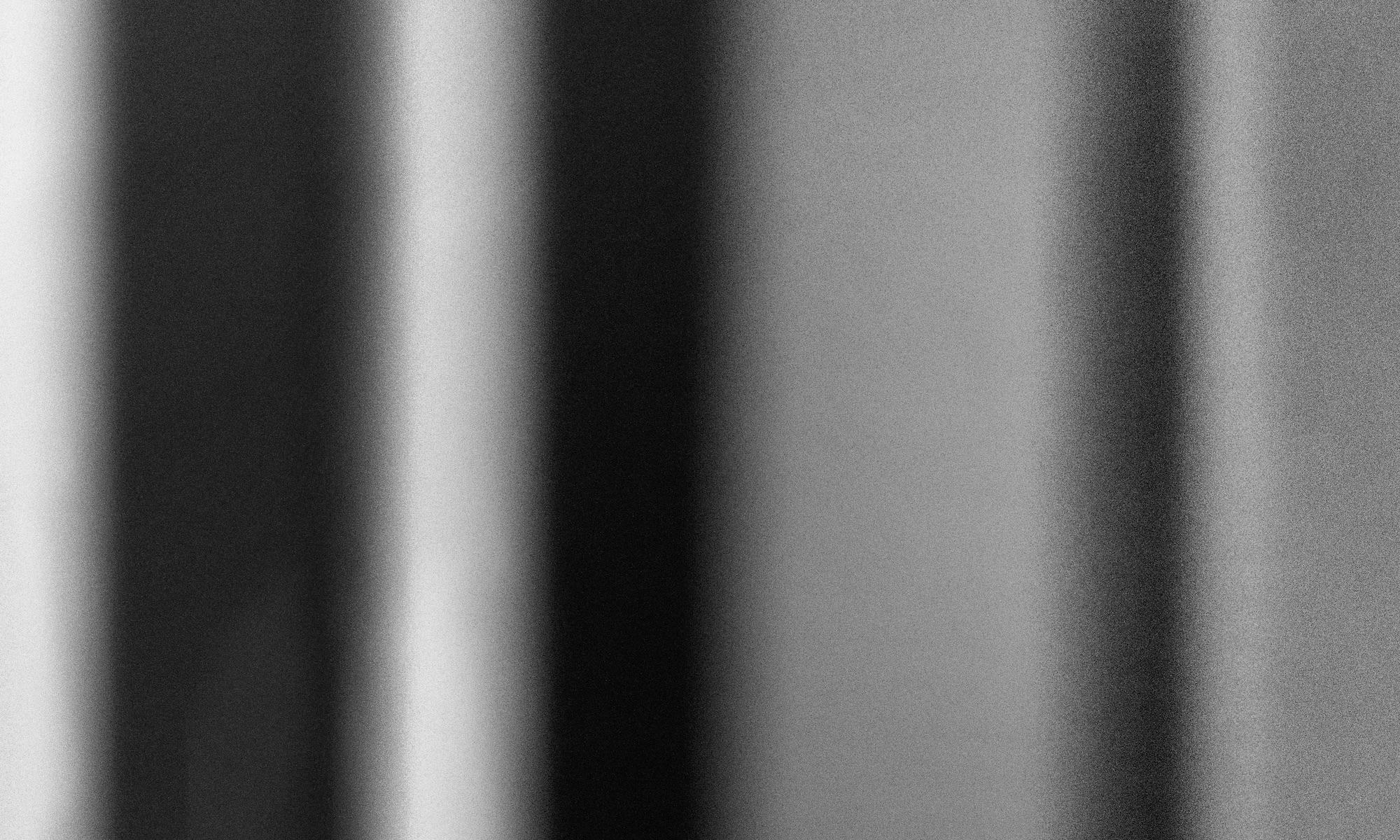The Photographers Gallery, London.
I’m going to explore the work of the four featured artists, and the manner in which the work is exhibited, in relation to the development of my own work (particularly given the focus of the course material on galleries and the gallery system this week).
Mark Ruwedel explores marks made on the landscape by geological, social and political events. Often he photographs the same place or the same phenomena (for instance, bomb craters or ruined houses) a number of times. I should explore this kind of approach around the estates I am focusing on. One option would be to see what kind of effect is achieved from using the channel mixing process on the same scene photographed with different lighting.

In the accompanying video, Ruwedel observers that ‘Regardless of their intentions, almost all photographs grow up to be documentary photographs’, raising an interesting perspective on the distinction between art and documentary (and other forms of) photography. Ruwedel sees his work being possibly of more interest to geologists or engineers in the future, as opposed to being seen as art. Paul Graham has noted the same phenomena in relation to his DHSS photographs, which are now used an historical record of a particular period of social history. This reverses the passage noted in the Week 9 presentation (in relation to Richard Prince’s appropriation of the Marlboro Man image) from commercial to art photography.
The exhibition covers an number of series of work, and includes books as well as prints (analogue, often with handwritten captions) which stress the craft aspect of photographic practice.
The other three photographers are working in a more conventionally documentary form, and present a range of different media. Susan Meiselas includes films, maps, letters, found photographs, booklets and artifacts. The show emphasises the manner in which her way of working adapts to the project. The map with booklets telling the stories of migrants is particularly effective in combining text and image.

Whereas the the Ruwedel and Meiselas exhibits cover a range of projects, Laia Abril’s exhibit focuses on her On Abortion publication, the first part of her long-term project A History of Misogyny. The longer term project provides an overarching conceptual framework, and the projects are viewed as chapters. This particular project started as an exhibition and became a book. As with Meiselas, there is a mix of images, texts, objects and films, and it is both an emotional/political exploration, and informational (in making certain practices visible). As an exhibition, it allows the viewer to chart their own way through the material, and their own pace, but could clearly be presented in other settings.

Arwed Messmer’s exhibit similarly focuses on one particular project, an exploration of the Red Army Faction. Taking the decade from 1867 to 1977, Messmer charts the activity of the group almost in the style of a police or forensic investigation (similar, in this sense, to Forensic Architecture’s work, but drawing on archival and historic material). He presents his work as ‘authored documentary photography’, but with a heavy reliance on uncredited documents and photographs from which he constructs and presents a narrative. Details of what is shown in the photographs is withheld to allow the viewer to make sense of what they see, and to retain the enigmatic nature of photography (details relating to the material presented are given in an appendix). The archive provides the basis for the book and exhibition.

For my own work, I have four distinct examples of how a range of media are presented and how coherence is achieved and an audience engaged. As the work on urban regeneration is developing, I need to think about how the different types of work produced can be integrated. If, for instance, it does give rise to a kind of archive (or a number of archives relating to different setting), I have to think about how this would translate into, say, exhibitions, in community as well as gallery settings. The work presented here emphasizes that there need not be a chasm between gallery and other settings. Rather than agonize about the extent to which photography can be seen to be art (as some of the readings and presentations this week have), it is more productive to consider the particular strengths of photography in being able to incorporate and work alongside other media within inter-disciplinary settings (this is reinforced by the manner in which film and photography is used by the Turner Prize shortlisted artists this year, see discussion here).
